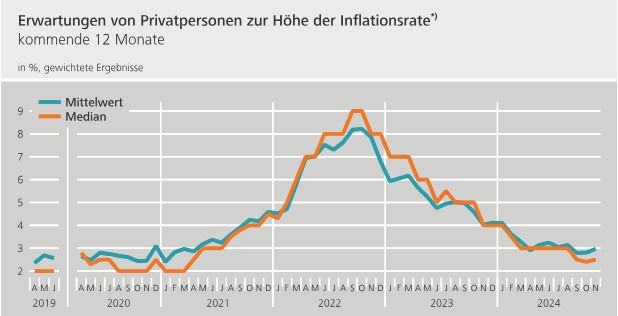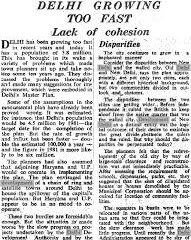Understanding Inflation in 2025: Trends and Predictions

Introduction
As inflation continues to be a crucial economic indicator, understanding its projected trends for 2025 has become increasingly important for policymakers, businesses, and consumers alike. The fluctuation in prices affects purchasing power, investment decisions, and overall economic stability. With recent global disruptions and changes in monetary policy, anticipating inflation rates for 2025 is vital for strategic planning across various sectors.
Current State of Inflation
As of late 2023, inflation rates in Canada have been significantly influenced by the COVID-19 pandemic recovery, supply chain challenges, and geopolitical tensions affecting energy prices. The Bank of Canada, in its latest monetary report, indicated that inflation is currently hovering around 3-4%. With various economic analysts predicting a moderate decline in inflation rates as we approach 2025, it is crucial to examine the factors at play.
Factors Influencing Inflation in 2025
Several factors could impact inflation rates leading into 2025:
- Monetary Policy: The Bank of Canada’s stance on interest rates and quantitative easing will largely dictate inflation trends. A tightening of monetary policy could lead to reduced spending, subsequently impacting inflation.
- Global Supply Chains: As businesses adapt to new normal operations post-pandemic, any disruptions in global supply chains caused by conflicts or natural disasters could rekindle inflationary pressures.
- Commodity Prices: The prices of essential commodities, particularly energy and food, are always susceptible to fluctuations due to various factors including droughts, geopolitical conflicts, and trade agreements.
- Labor Market Dynamics: Wage growth can also influence inflation. The restoration of a competitive labor market may lead to increased wages, consequently pushing prices higher.
Predictions for 2025
Economists forecast that inflation rates will begin to stabilize in 2025, potentially ranging between 2-3% in Canada. This forecast is built on the premise that global supply chains will normalize, the Bank of Canada will continue to adjust interest rates appropriately, and economic growth will remain steady without triggering excessive inflation. However, unexpected events could easily disrupt these predictions and create volatility.
Conclusion
For consumers and businesses alike, understanding inflation trends for 2025 is indispensable for making informed financial decisions. While the current economic outlook is cautiously optimistic, remaining adaptable in the face of unforeseen changes remains key. As we move forward, the economic landscape will be tested by internal and external factors, making vigilance essential.









